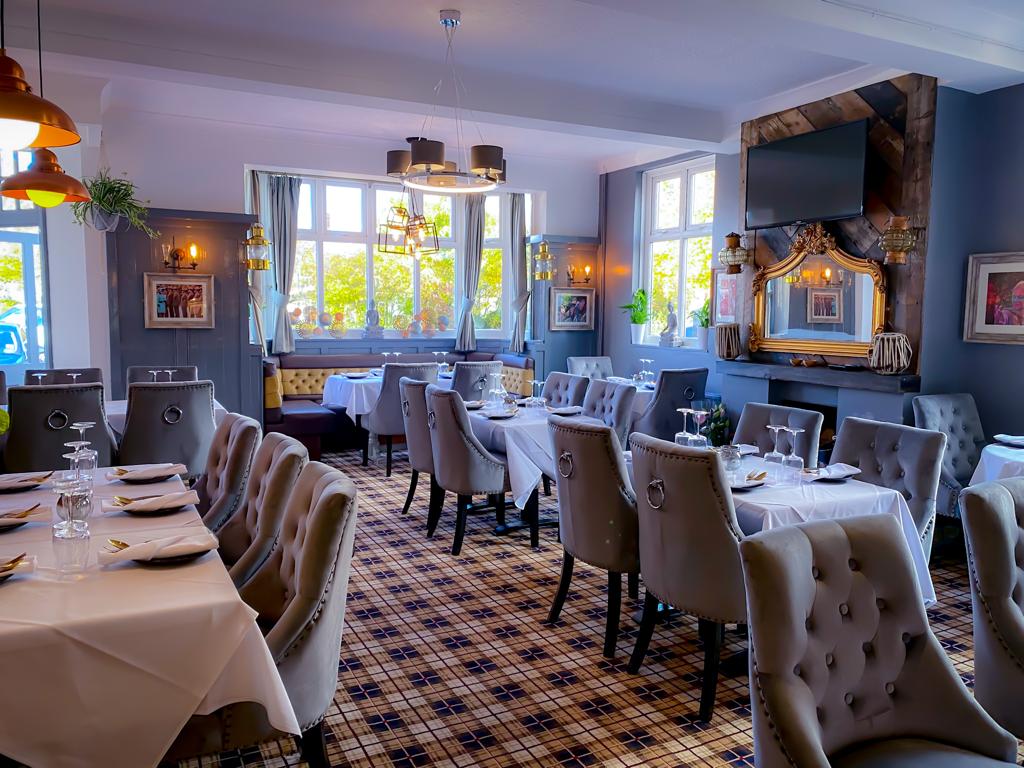5 Gurkha Promises
• Quality Food • Warm Hospitality • Fresh Ingredients • Value for Money • Values Customers’ Views
 Brief History of the Gurkhas
Brief History of the Gurkhas
“Bravest of the brave, most generous of the generous, never had a country more faithful friends than you” Sir Ralph Turner MC, 3rd Queen Alexandra’s Own Gurkha Rifles, 1931 “Better to die than being a coward” is the motto of the world-famous Nepalese Gurkha soldiers who are an integral part of the British Army. They still carry into battle their traditional weapon - an 18-inch long curved knife known as the Khukuri.
The former Indian Army Chief of Staff Field Marshal - Sam Manekshaw, once stated that “If a man says he is not afraid of dying, he is either lying or is a Gurkha.”
After suffering heavy casualties in the invasion of Nepal, the British East India Company signed a hasty peace deal in 1815. In the Peace Treaty it was agreed that Gorkhalis could be recruited to serve under contract in the East India Company’s army.
Following the partition of India in 1947, an agreement between Nepal, India and Britain meant four Gurkha
regiments from the Indian army were transferred to the British Army, eventually becoming the Gurkha Brigade. Since then, the Gurkhas have loyally fought for the British all over the world, receiving 13 Victoria Crosses between them.
More than 200,000 fought in the two world wars, and in the past 50 years they have served in Hong Kong, Malaysia, Borneo, Cyprus, the Falklands, Kosovo and now in Iraq and Afghanistan.
